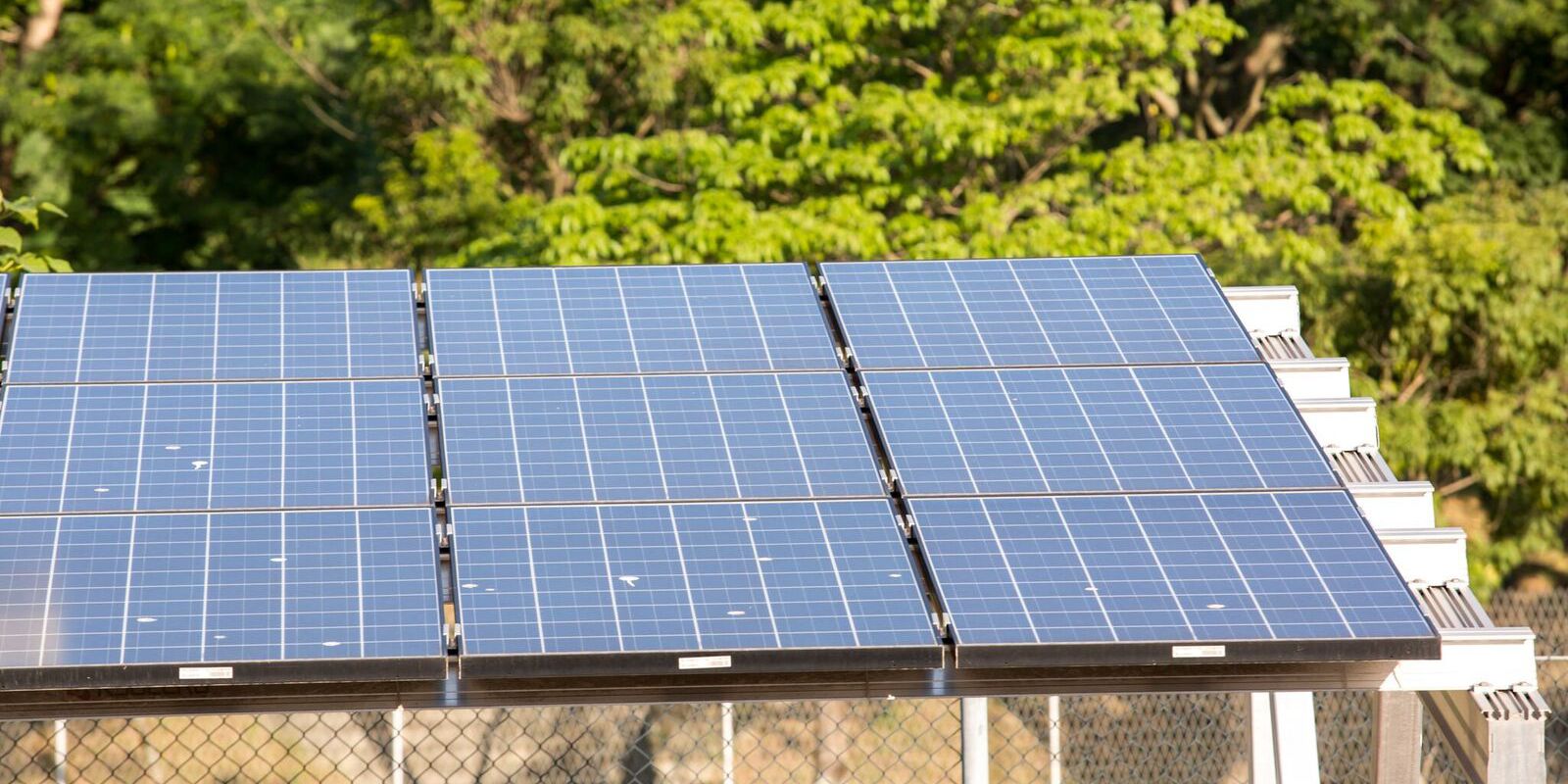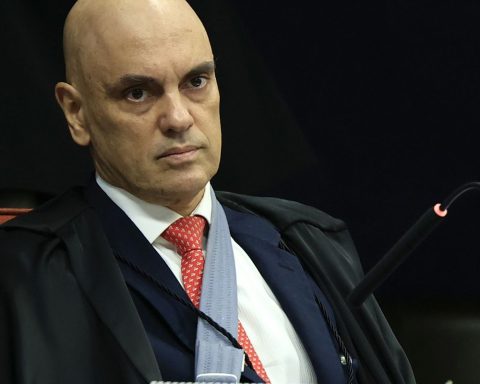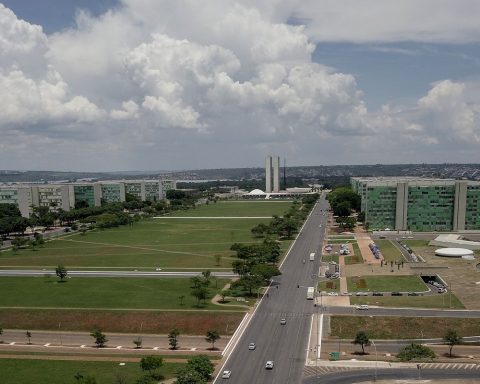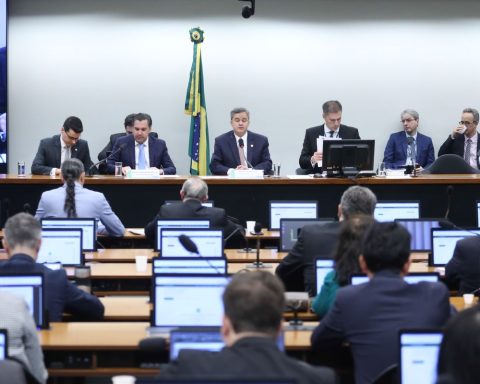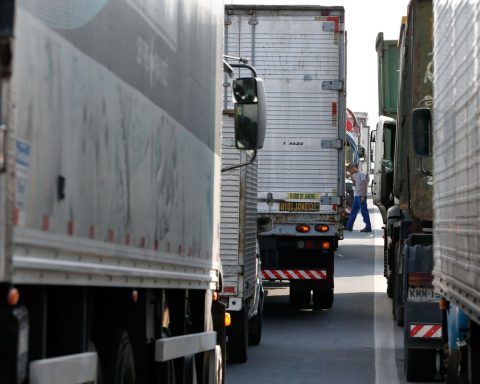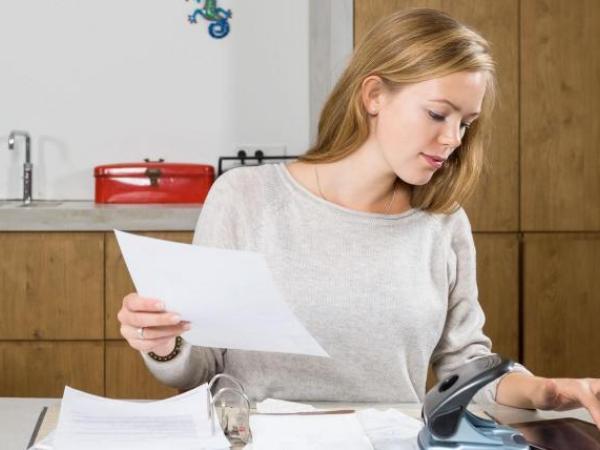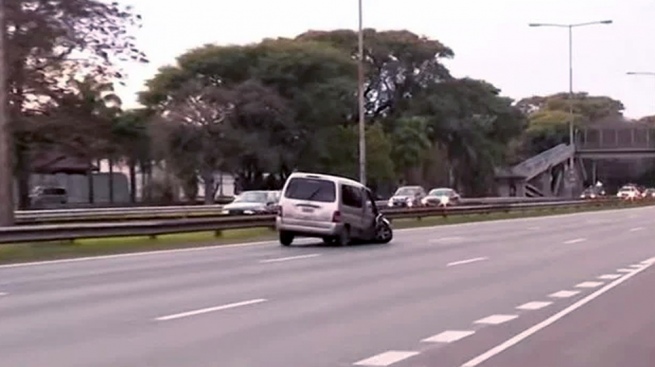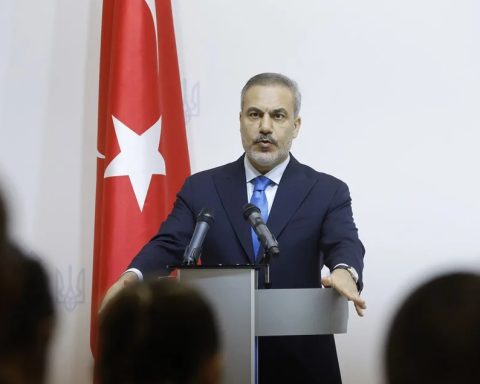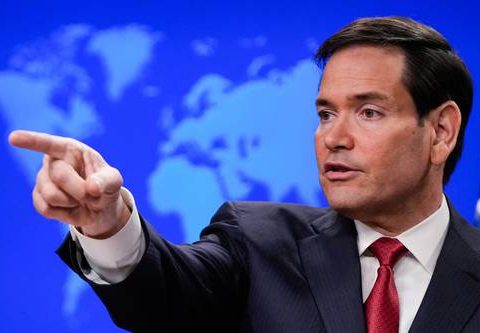Non-renewable energy sources such as oil, coal, natural gas and nuclear energy, despite being found in nature in large quantities, once depleted, cannot be regenerated. Meanwhile, renewable sources are inexhaustible. Among them are the hydro, from the water of the rivers; the wind, from the wind; biomass, from organic matter; and also the one that comes from the sun, solar energy. 
Brazil has increased the use of the sun for this purpose; and solar energy is the theme of the Reporting Paths this Sunday (31). In 2017, the country occupied the 26th position in the ranking world of countries that use the most technology. In 2019, it jumped to 16th position. “UK, Germany and Japan are three countries that are in the top 10. On average, they have half the solar resource that Brazil has”, says Rodrigo Sauaia, president of the Brazilian Association of Photovoltaic Solar Energy (Absolar).
According to Rafael Amaral Shayani, professor at the Department of Electrical Engineering at the University of Brasília, the amount of energy that the sun supplies to the earth is 10,000 times greater than the amount we use. In other words, if we use just a small fraction, he says, we can supply the entire world.
A growing market segment in Brazil is the so-called photovoltaic solar distributed generation, which are solar roofs, the use of solar energy near homes, small businesses, companies in general, such as a bakery, a pharmacy or a butcher shop, for example. Electricity is generated at the place where consumers use it.
Our reporting team visited a building in a neighborhood in Brasília to learn about the residents’ experience with this technology. The landlord, Geová Parente, justifies the decision to use photovoltaic panels in the condominium with two arguments: clean energy is better for the environment, and it also means saving money for the residents. “The advantage of generating your own energy is that, in the first place, you are not harming the environment. Second, you are guaranteed to have that energy for a long time.”
The program displayed on TV Brazil will also show Cine Solar, a cinema powered by sunlight. In a vehicle adapted with photovoltaic plates, the project travels across cities in Brazil to bring art to indigenous and quilombola communities, for example. And speaking of travel, another experience that we will know is that of Brasília Airport, which built a photovoltaic plant unit to produce energy from a solar source to supply part of the air terminal’s consumption.
The issue of electric energy implies challenges in Brazil. WWF-Brasil conservation analyst Alessandra Mathyas points out that the country still does not have 100% access to energy. In the North Region, more than 1 million people live in isolated, rural, riverside communities, indigenous lands, “that are not connected to the electricity grid and that need, like all of us, to have urgent access to quality energy. This is not a favor, this is a right.” WWF-Brasil, in partnership with ICMBio and local partners, installed small photovoltaic solar energy systems in isolated extractive communities in the Amazon.
The program Reporting Pathsgives TV Brazilairs on Sundays at 10pm.
Click here to find out how to tune the station to open channels, pay-TV and satellite TV.
Program data sheet
Reporting: Claiton Freita
Production: Amanda Cieglinski, Claiton Freitas, Natália Neves and Suzana Guimarães
Images: André Rodrigo Pacheco
Support for images: Sandro Tebaldi.and Sigmar Gonçalves
Technical assistance; Alexandre Souza
Technical assistance support: Carlos Júnior, Marcelo Vasconcelos, Jairom Rio Branco
Text editing: Suzana Guimarães and Flávia Lima
Image editing: André Eustáquio and Jerson Portela
